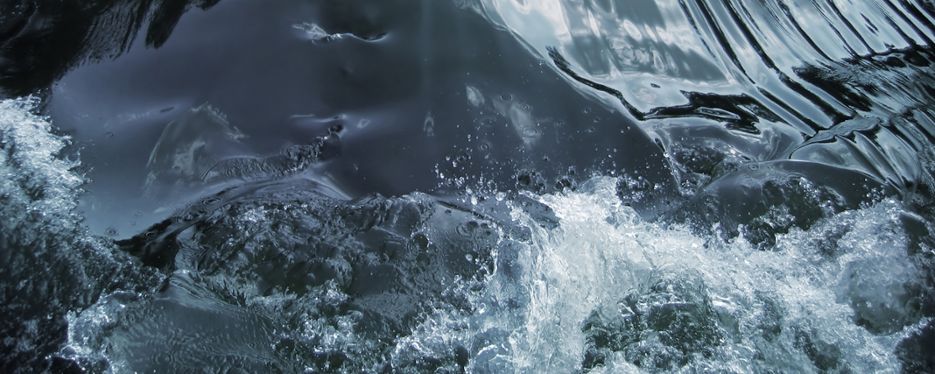A number of sectors are dependent on or affected by flows in watercourses. Examples include hydropower, civil protection, agriculture, industry and water supply.
The variations in streamflow are currently different for different parts of the country, and vary naturally over the course of the year. In the north, high water levels occur in connection with snow melting during the spring and low water levels during the winter. In the south, in addition to spring, high water levels also occur during late autumn as a result of rain. Also in the south, low water levels are recurrent during the summer due to high evaporation and low precipitation. Lakes, in general, have a damping effect on streamflow.
Changing climate results in changing streamflow
Changes in streamflow are largely due to changes in precipitation, but are also affected by temperature changes which have an impact on snowmelt and evaporation.
In southern Sweden, much of the winter precipitation is expected to fall as rain instead of snow. Winter streamflow is thus expected to increase and spring flood becoming less distinct or disappearing completely. Spring flood may also be less powerful and start earlier in the north.
During the summer, however, climate scenarios predict lower streamflow and longer periods with low streamflow. This is a consequence of higher evaporation loss caused by higher air temperatures. In the southeast of the country, problems are anticipated as a result of low streamflow becoming more common.
